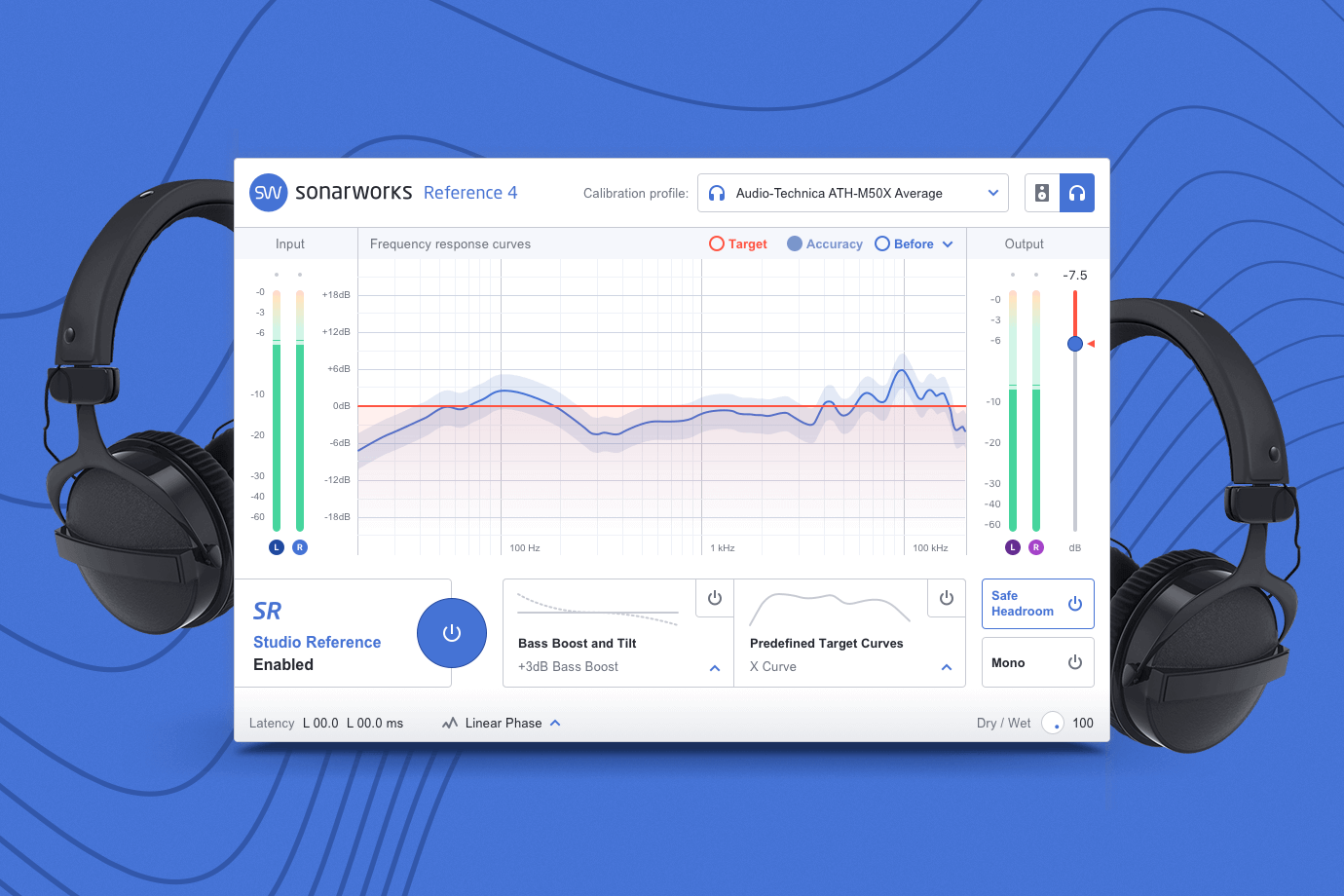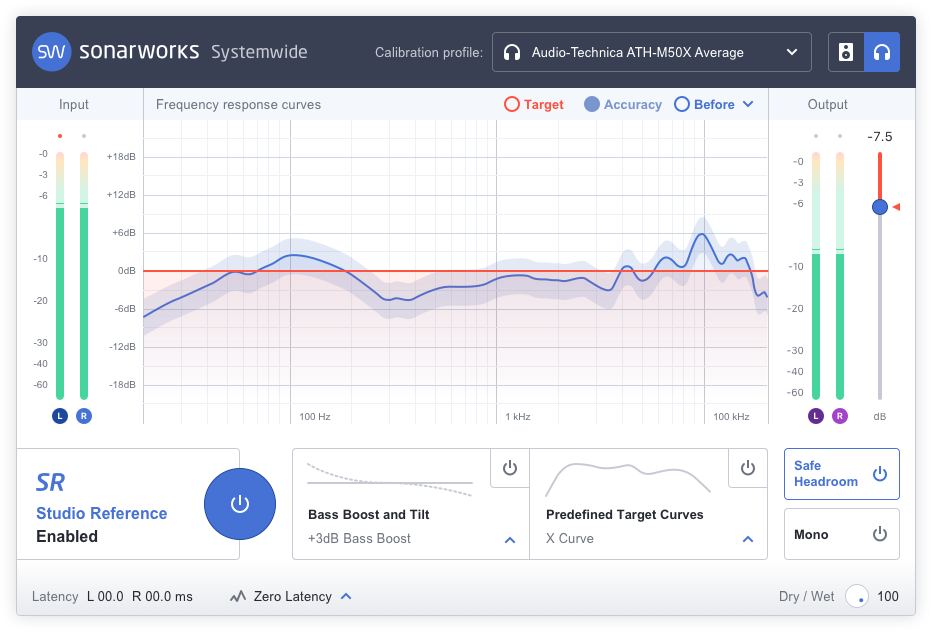

- #Sonarworks reference 4 piratebay software#
- #Sonarworks reference 4 piratebay professional#
- #Sonarworks reference 4 piratebay free#
- #Sonarworks reference 4 piratebay windows#
#Sonarworks reference 4 piratebay software#
It also does not occur on other software like Ableton Live, Reaper or even Spotify or VLC. I am well aware that this is a little niche, but since it only occurs in Brave and not in Chrome, Edge nor Firefox, I tend to believe it’s a Brave issue.
#Sonarworks reference 4 piratebay windows#
Then I go to the Windows audio output selection, select my audio interface, and the audio resumes for half a second before the virtual soundcard is selected again and the audio stops. What is happening is that audio only plays for half a second. In my case, I’m on a professional-grade Universal Audio Apollo 8 system.įor the past few weeks, audio has been getting a little spotty at times when using Brave, until yesterday when it just completely fails to work.
#Sonarworks reference 4 piratebay professional#
You can see that the frequency response is closer to flat when Sonarworks is engaged.īut it’s not perfect – which brings us to the second myth.Audio cannot be heard when using the professional studio calibration software Sonarworks Reference 4 (in its “Systemwide” setting: where it is applied to all apps that use audio on the computer). The orange line is before Sonarworks Reference 4 and the red line is after the Sonarworks filter has been applied. The green line is a reference of a perfect frequency response.
#Sonarworks reference 4 piratebay free#
I’ll measure the frequency response of my system before and after applying the Sonarworks EQ curve with a free measurement software called Room EQ Wizard and an Earthworks M23 measurement microphone. In fact, I can prove that Sonarworks Reference 4 improves the frequency response of my system. This reduction in masking, in addition to a bit of additive EQ makes my system sound a bit brighter with increased intelligibility when watching movies or listening to music. In my case, the lows are lifted and the low mids are smoothed out, preventing the masking that occured in the midrange before applying Sonarworks Reference 4. When I apply Sonarworks to my system, the sound becomes much more even. People like to say, “Sonarworks doesn’t work”. The first myth is something you might have already heard in your research. Myth #1: “Sonarworks Reference 4 Doesn’t Work” In theory, Sonarworks Reference 4 will apply an EQ with the opposite frequency response curve, smoothing out the imbalances of my system. You’ll learn what causes it and hear examples for yourself. You can learn more about phase cancelation by reading this article I wrote on comb filtering. It takes a direct path from speaker to microphone and several indirect paths from speaker to wall or ceiling or desk to microphone.īased on the difference between the direct and indirect paths, various wavelengths will be either canceled out (which will result in a dip) or summed together (resulting in a peak).

The sound takes various paths from the speaker to the microphone at listening position. Some of these are a result of the frequency response of my speakers, but some are caused by the acoustics of my listening space.

The graph shows that there are peaks and dips at various frequencies. However, as we can see, my system has some inherent frequency imbalances.

If the signals were perfectly identical, there would be a straight line through the middle of this graph. It compares the signal picked up by the microphone at various points in the room to the original signal within the computer. Throughout the calibration process, Sonarworks determines this by sending test signals through my speakers and into my listening space. This graph represents the frequency response of my system before Sonarworks Reference 4. Once you’ve completed the calibration process, you’ll see this screen.


 0 kommentar(er)
0 kommentar(er)
